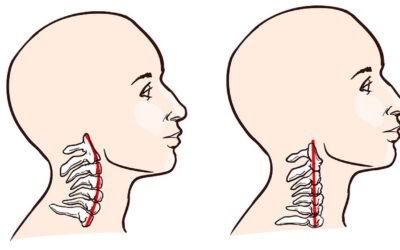You have probably heard that yoga is good for you. The benefits of yoga are both physical – deeper flexibility, better posture, greater strength, improved lung function, reduced risk of cardiovascular disease, and psychological – less stress, more calm, elevated mood and energy, enhanced memory and heightened spirituality, just to name a few.
Yoga is one of the oldest forms of mind-body exercise and has been around for thousands of years. Millions of Americans practice yoga everyday. With it’s wide acceptance and long standing tradition, how can yoga be anything but healing?
As the New York Times Article states, “yoga is for people in good physical condition.” Problems occur when people with underlying physical imbalances enter a general class. Without adequate instruction and supervision people push their bodies too far while trying to execute the moves and keep up with the other students. I did it myself.
I attended a weekly yoga class for years. While struggling with my hip injury I tried Bikram yoga done in high heat and humidity. I had been advised that i needed more mobility in my hip joint and what better way then with the deep stretching of hot yoga? At first the intense flexibility seemed to be helping, but within weeks my discomfort intensified with each class. Eventually brought to tears from the excruciating pain of the postures I decided that yoga might not be my answer.
I am a yoga advocate. The posture therapy I practice uses many yoga positions. What I don’t agree with is that it is appropriate for everyone. Yoga is challenging and my body was not ready for the demanding moves required. Likewise, I have seen several clients injured in yoga classes. Fortunately, none as bad as those described in the New York Times article who suffered strokes and took years to recover.
Maintaining a supple, aligned body is important and will enhance your health. This undertaking, however, must be done gradually and with mindfulness. Your body likes its posture, its been there for a long time and isn’t going to change without resistance. Forceful, distracted movements can cause serious damage.
Stretching and yoga are not as benign as they might seem. Often viewed as an easy workout alternative there is ample fitness, strength and flexibility required. Along with a high risk for injury if done incorrectly and with a lack of attention. When practicing yoga listen closely to your body for warning signs to stay healthy for the long-term.



